Updated 4:55pm, 1 Dec 2009
IN 2002 and 2003, artist and photographer K Azril Ismail spent time exploring the abandoned Pudu Jail in Kuala Lumpur, taking pictures of the cells and areas around the prison. He documented the scratching, messages, writings and drawings on the walls of the prison cells. These, he says, gave outsiders a glimpse into the minds of the prisoners and their time under incarceration. Subsequently, a selection of these photos was collated into Live Animals Inside!, an exhibition held in 2008 at Wei-Ling Gallery.
“Most prisons … have always been looked down upon by society as places of violent [people],” says Azril in a statement published in the programme booklet for Live Animals Inside!. “Through my intervention of such a space, exploring and documenting the very real existence of these cellular spaces with my camera, Pudu Jail almost seems like a sacred space.”
Unfortunately, not sacred enough to be spared from destruction. Demolition work on parts of Pudu Jail began in October 2009 to facilitate a road expansion and tunnel project. The iconic Pudu Jail was also destroyed to free up land for a commercial and residential development. Conservation groups, historians, and citizens protested, calling for the preservation of the more-than-a-century-old historical building, but to no avail.
Pudu Jail’s unique X-shaped main building hid behind a 384m wall that prominently featured a mural, on display along Jalan Pudu. The Guinness Book of Records declared it the longest mural in the world. The building was designed by then Public Works Department state engineer Charles Edwin Spooner, and was constructed from 1891 to 1896 at the estimated cost of RM327,627. It was initially used as an army command centre, but became the central prisoner of war camp during the Japanese Occupation (1942-1945).
The prison originally had a capacity of 600, but this was eventually expanded to accommodate almost 2,000 prisoners. Among its more infamous inmates was Wong Swee Chin, also known as Botak Chin, a notorious armed robber who was executed on 11 June 1981.
Details on the eventual closure of Pudu Jail are contradictory. A New Straits Times report states that the inmates were transferred to the Sungai Buloh Prison in 1995, while a conservation statement by a postgraduate scholar states that the prison was evacuated in November 1996. A report in The Malaysian Insider says the prison closed following the executions of Kevin Barlow and Henry Chambers, two Australians who were convicted of drug trafficking and hanged in 1986. The Straits Times report, on the other hand, states the last execution in the prison was in 1993; while The Malay Mail writes that the prison officially closed in 1996.
The conservation statement also says the prison became the Pudu Prison Temporary Museum in May 1997, and served as the temporary Hang Tuah Police Station in 2004. This is backed up by reports by the Badan Warisan and the New Straits Times that the jail indeed served as a prison museum that operated from 1997 to 1998. However, the Badan Warisan report says the prison was taken over by the Urban Development Authority (UDA) upon its shutdown in 1996, and operated as a detention centre from 2005.
(Updated) The Prisons Department of Malaysia, when contacted by The Nut Graph, confirmed that Pudu Jail was handed over to the UDA on 2 May 1996, but continued to serve as a prison until all convicts were transferred to Sungai Buloh Prison in November that year.
The tearing down of Pudu Jail marks a significant loss of one of the nation’s historic landmarks, preserved here through Azril’s haunting and poignant photographs. All photos by K Azril Ismail, and are courtesy of the artist and Wei-Ling Gallery. ![]()
The Nut Graph needs your support

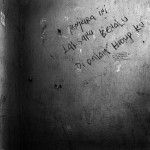
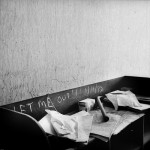
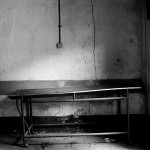
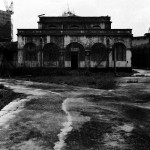
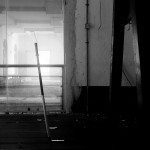
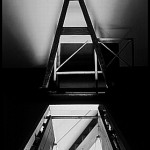
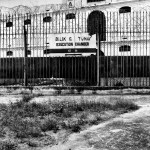
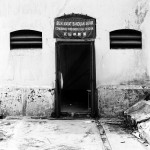
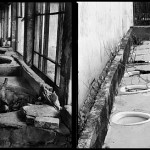
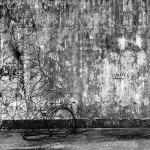
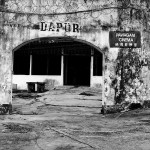
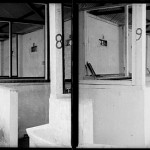
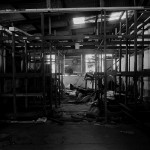
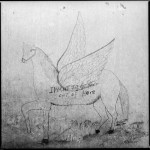
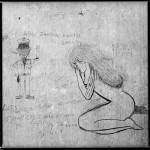
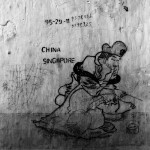
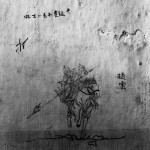
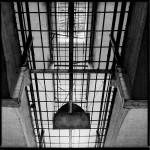
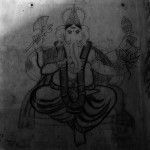
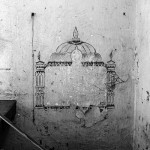
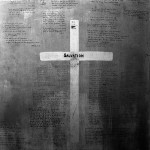
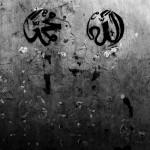
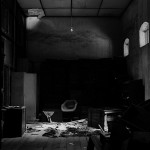
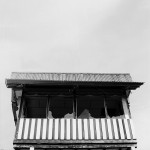
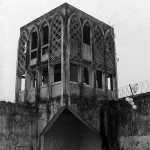
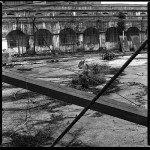
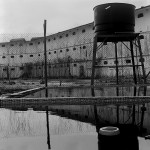
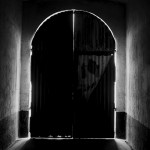
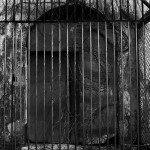
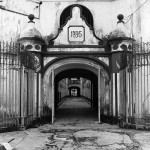

kamal says
Pudu Jail is a historical site. It stands witness to colonialism, the Japanese Occupation, Independence, and subsequently as a prison. I remember when the mural was drawn and the attention it drew. It was really beautiful. It gave a personality to the prison and the inmates/prisoners that lived there. I for one suddenly noticed the prison.
But that was the earlier parts of the 1980s, wasn’t it? When Malaysia seemed poised to be everything it could be. We had a newly minted mural that covered the walls of Pudu Jail; we had the longest Dragon in one of our shopping complexes; and we had Sudirman!
I hope there are postgraduate students and artists who would work together to document all the graffiti and images; these are historical artifacts that bear witness to periods of change and transformation of a nation. The building and its occupants tell a part of our history. But we shouldn’t limit the documentation to just what stands on the ground. We have to dig down as well. There should be an archaeological team documenting the place and carrying out excavation before they destroy it. And we should look at it from the top. There should be aerial photographs to remind us what once stood there and to locate it visually in the landscape.
The fact is, they should not tear it apart. We don’t have many old buildings. In the future, when we want to imagine what old KL looked like, we will have to do so with one less icon. But if they are going to do it, at least have the place and archival references thoroughly researched by historians and archaeologists and explored by sociology students, architectural students, and artists. Document the experiences of both the living and the dead who walked through its corridors. Talk to former inmates, wardens, ex-prisoners of war, British and Japanese soldiers who were stationed there, architects who extended the Jail, the artists and those who inspired the murals, residences who lived around the Jail, and look for any archival records from the original planners and those who have passed on.
All documentation and material should later be organised into an exhibition at a large gallery, like our national art gallery. This should be a national funded project — after all, aren’t we sending a national icon to the gallows? It seems an ironic end for an icon — the bastion of law and order now sharing the fate of many who had met their end there; condemned.
Perhaps this is a poetic end for a witness to the turbulent history in the last century, that saw the end of an empire and the birth of a nation, and who, for a brief period shared, in the optimism of an innocent nation.
Tan says
The Federal Government seems to be good at demolishing historical buildings one after another in the name of redevelopment. If not for the financial crisis in 1997, Merdeka Stadium probably would have gone. Except Malacca where you see quite a number of historical buildings being restored to its original state, most of the historical buildings in KL and Penang were left in a dilapidated state of affairs.